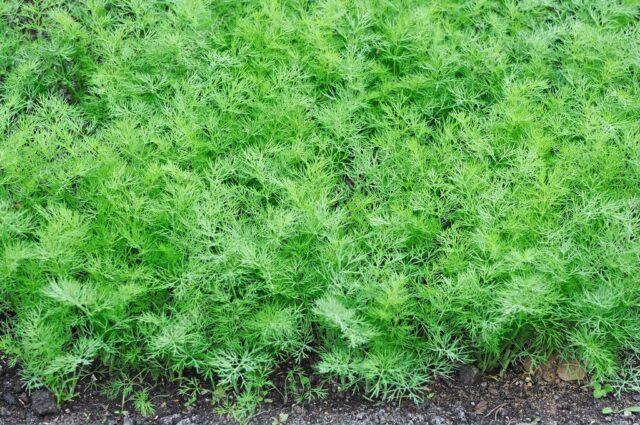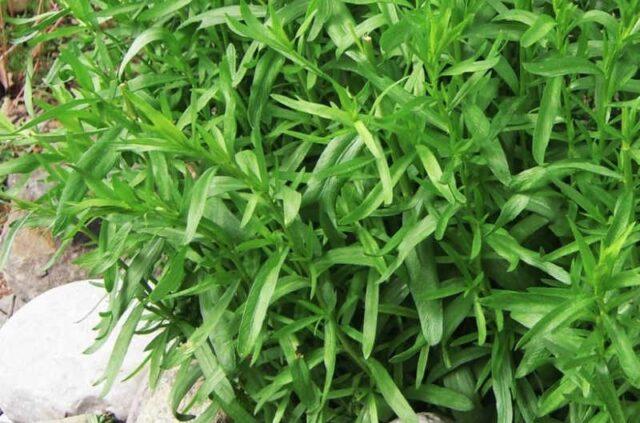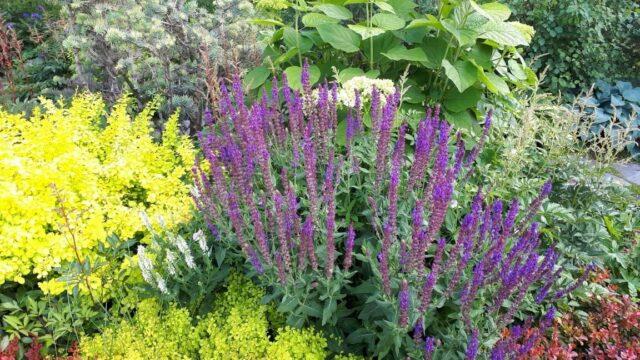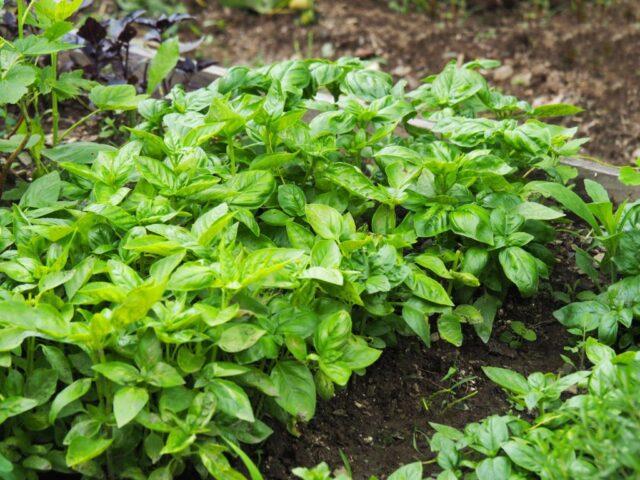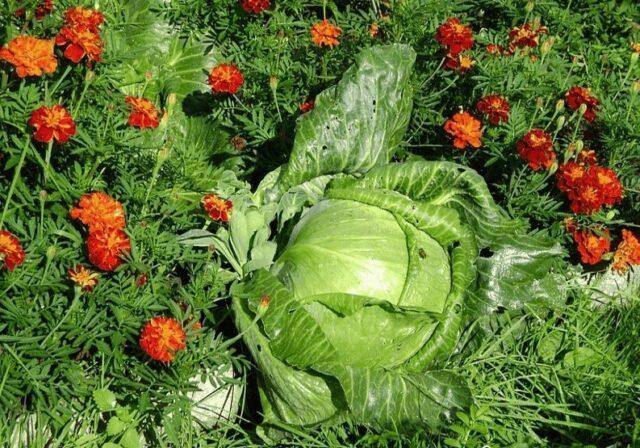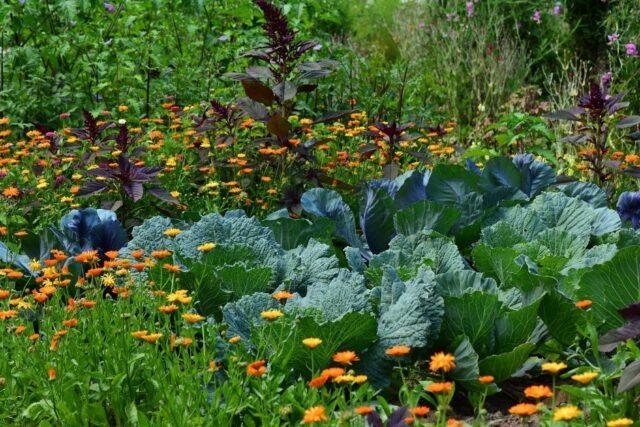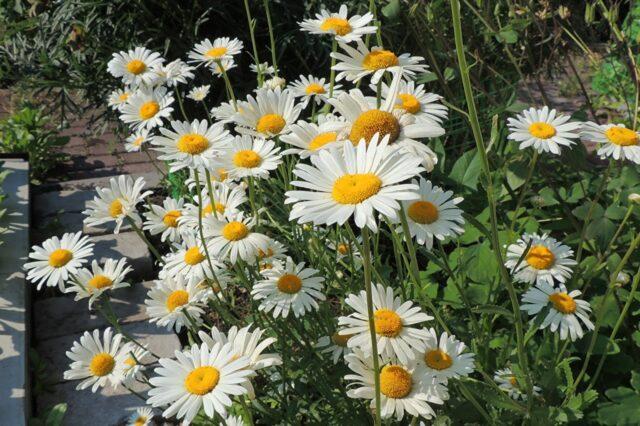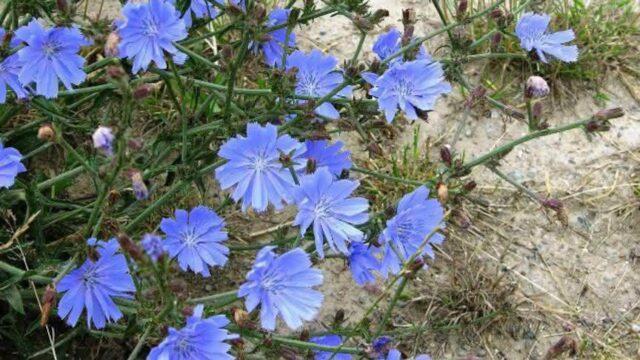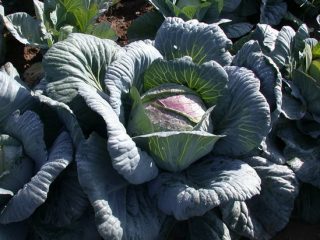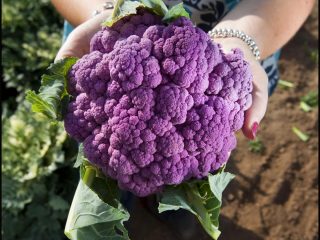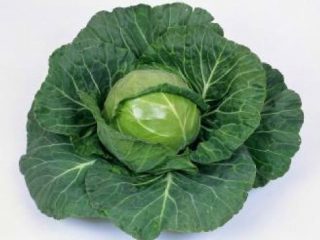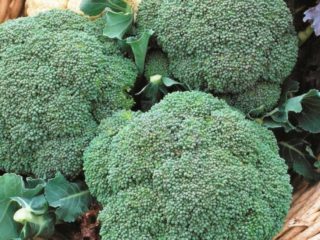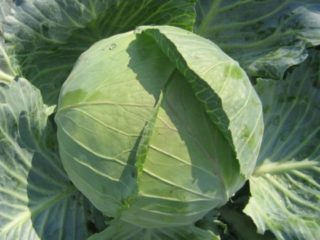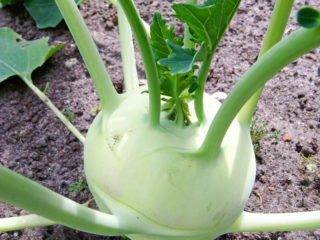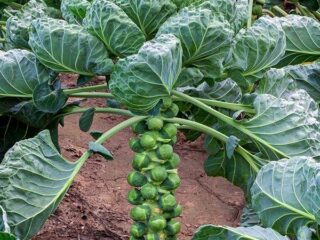Content
Many gardeners, when planning a planting scheme, neglect the rules of crop rotation and the principles of “compatibility” of crops. Meanwhile, a favorable or unfavorable neighborhood has a very great influence on the development of plants, and the volume and quality of the harvest directly depend on this. Suitable neighbors for cabbage in a garden bed in open ground are a fairly long list of garden crops. Their benefits are expressed in protection from diseases and pests, improving soil quality, but other “bonuses” are also possible.
Rules for the neighborhood of cabbage with other crops
Even suitable neighbors may not give the expected positive effect when planted next to cabbage, if you do not take into account some important nuances:
- Most varieties have large, spreading rosettes. They need enough area to feed. Therefore, the interval between them and their neighbors should be at least 30-40 cm in order to avoid “competition”.
- Tall or spreading plants with large leaves should not be planted next to rosettes so that they cast a shadow on them most of the day. Neighbors of this crop can create a “barrier” to direct sunlight only during the hottest time of the day.
- Plants are selected, taking into account, first of all, their approximately similar needs for watering and nutrients.
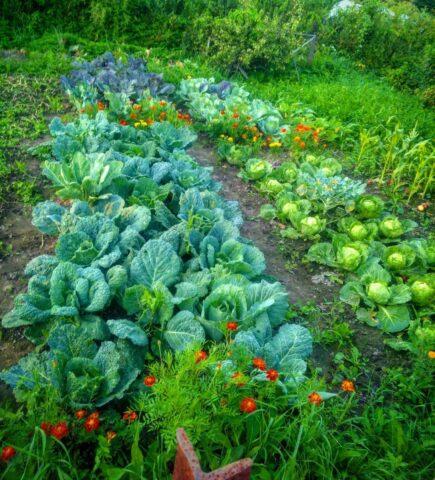
It is impossible to provide different care in one garden bed, so serious differences in agricultural technology for neighbors are unacceptable
The best neighbors for cabbage in open ground
In order not to make a mistake when choosing neighbors for cabbage, novice gardeners are recommended to use “compatibility tables”. The “companions” that are unsuitable for her are also indicated there.
Spices
The “tandem” of cabbage with any herbs that have a sharp characteristic odor is often found in natural growing conditions. For her, such neighbors are extremely useful:
- Dill. One of the best neighbors - its aroma is absolutely not tolerated by the cabbage scoop. This common pest, which is quite difficult to combat, can quickly destroy a significant part of the crop. And the experience of gardeners shows that such a neighbor provides the heads of cabbage with a richer taste with original spicy notes.
Dill attracts many entomophagous insects to the garden bed, which are safe for cabbage but feed on cutworm larvae.
- Tarragon. Such a neighbor “discourages” the mining moth from the beds.The insect cannot tolerate its aroma at the level of instincts, flying around “smelly” beds and not even risking landing nearby.
In relation to the cabbage scoop, tarragon “works” in the same way as dill
- Sage, hyssop, savory. The smell, pleasant to humans, repels almost all butterflies from the beds that lay eggs on its leaves - whiteflies, cutworms, as well as whiteflies, thrips and aphids.
Sage, hyssop and savory are also useful in the fight against less common cabbage pests - flea beetles, green barids
- Mint, wormwood. They have a very rich and pungent aroma. It completely eliminates the inherent odor of cabbage itself, which is what pests focus on. This pronounced smell is also unpleasant for the ants, which “help” aphids colonize the cabbage.
Mint and wormwood are a kind of “camouflage” for cabbage heads
- Basil, thyme. These neighbors not only drive away many pests from the beds, but also disinfect the substrate, protecting the plantings from pathogenic microflora.
The experience of gardeners shows that basil and thyme are especially effective against powdery mildew.
Flowers
Flowers in the garden not only perform a decorative function, but also effectively repel insects. It is necessary to select crops that have a specific leaf odor that is unpleasant for pests:
- Marigold. Any variety or hybrid is suitable as a neighbor. The aroma of its leaves is not tolerated by white butterflies and leaf miners.
The stems, leaves and roots of marigolds actively secrete phytoncides that repel mole crickets, aphids, and nematodes
- Calendula. Such a neighbor is very useful if you need to scare away pests. At the same time, the flower attracts hoverflies and lacewings (natural enemies of aphids) to the beds and is a good green manure.
Calendula has strong repellent properties
- Chamomile. Included in many insecticides of biological origin. The substances contained in it, penetrating the body of insects, provoke paralysis and death within several days.
The smell of chamomile is not tolerated by ants, so such a neighbor is an effective protection of the beds from aphids
Chicory. A medicinal plant useful for humans, rich in essential oils and other substances that are dangerous to harmful insects.Chicory in a cabbage bed has a beneficial effect on the taste of cabbage heads
Different species, in principle, can be neighbors in the garden. It is permissible to plant Chinese cabbage with white cabbage or cauliflower - the latter ripens early, when its harvest is harvested, the remaining rosettes have enough space for development.
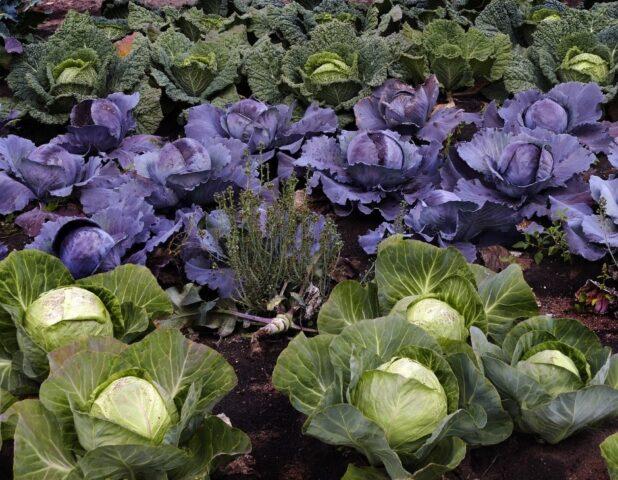
When planting several types of cabbage nearby, you need to take into account the timing of their ripening and the dimensions of adult plants.
Garlic
An extremely useful neighbor not only for cabbage, but also for any garden crop that is susceptible to diseases and pest attacks. Most insects cannot stand the pungent smell of garlic; the pungent juice makes it inedible for them.The cruciferous flea beetle, cutworm, cabbage fly and aphid are especially sensitive to it.
Another advantage of joint plantings of garlic and cabbage is the compactness of the neighbor. The cloves can be placed between rows or along the perimeter of the bed. The roots of these crops are located at different depths, so there will be no “competition” for nutrients and water.
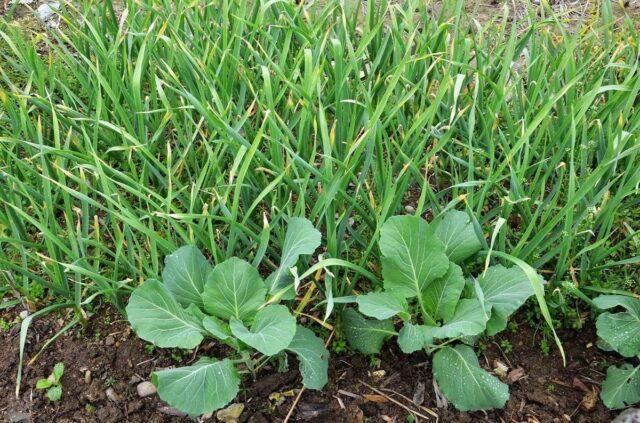
Garlic contains phytoncides, the benefits of which for soil health are undeniable: they provide effective disease prevention
Onion
It provides the same effect on the beds as garlic, “driving away” most pests from them and contributing to the improvement of the substrate. Also, the experience of gardeners shows that when planting onions next to cabbage, moisture evaporates from the soil longer, and the heads of cabbage can be watered less often.
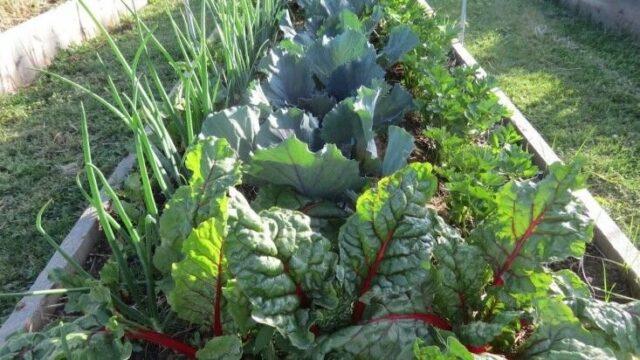
Onions and cabbage require almost the same care
Potato
Not the most obvious, but quite a suitable neighbor for cabbage in the garden. Judging by reviews from gardeners, when planted together with potatoes, cabbage is less likely to suffer from fungal and other diseases, and its yield increases.

The difference in agricultural technology for these crops is insignificant; the root systems do not “compete”
Radishes, beets, chard
Radishes and cabbage belong to the same family - Cruciferous. Accordingly, the same diseases are typical for them, the same pests are “interested” in them. Such a neighbor is permissible only if early-ripening and ultra-early varieties are planted in cabbage beds. The radish harvest ripens quickly; it can be harvested almost immediately after transplanting the seedlings to the garden bed.
Beets and chard are more suitable neighbors. They and cabbage have almost similar agricultural technology. They prefer a light but fairly fertile substrate.
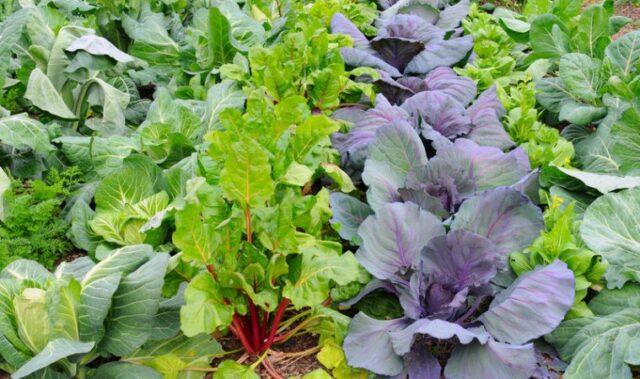
Beets and cabbage respond positively to frequent loosening
cucumbers
Cucumbers and other plants from the Cucurbitaceae family (zucchini, melons, watermelons, pumpkins) are neighbors that provide “mechanical” protection. If you plant them along the perimeter of the garden bed, the intertwined “thorny” shoots and large rough leaves will create an insurmountable barrier for slugs and snails, which can deprive the gardener of a significant part of the heads of cabbage and have a special love for the succulent leaves.
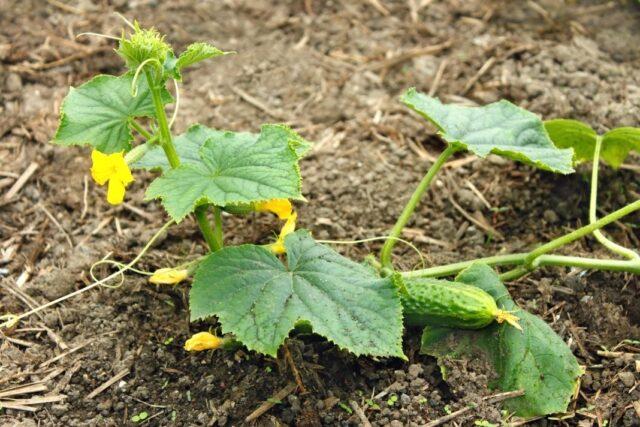
You can enhance the protective effect by planting onions, garlic, rosemary, and sage along with cucumbers along the perimeter of the garden bed.
Legumes
Beans, peas, beans are neighbors that are useful for cabbage because they improve the quality of the substrate, saturating it with nitrogen. This allows you to reduce the volume of mineral supplements containing this macroelement and, accordingly, reduce the risk of accumulation of nitrates harmful to health in cabbage heads.
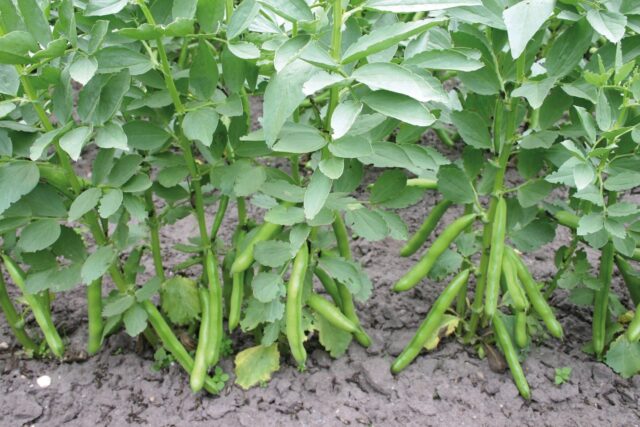
Tall beans that shade the garden bed are not suitable for joint plantings.
Green manure
Widely used to improve the quality of the substrate. The following plants will be good neighbors for white and other cabbage.
Clover
Increases the nitrogen content in the soil, “saturates” it with organic matter. It is an effective prevention of wind and water soil erosion.
Rye
Gives very dense shoots. Effectively prevents the growth of weeds in cabbage beds.
Alfalfa
A very hardy crop, it will not take root only in highly acidified soil. In all other cases, it is extremely useful for restoring soil looseness and nitrogen saturation.
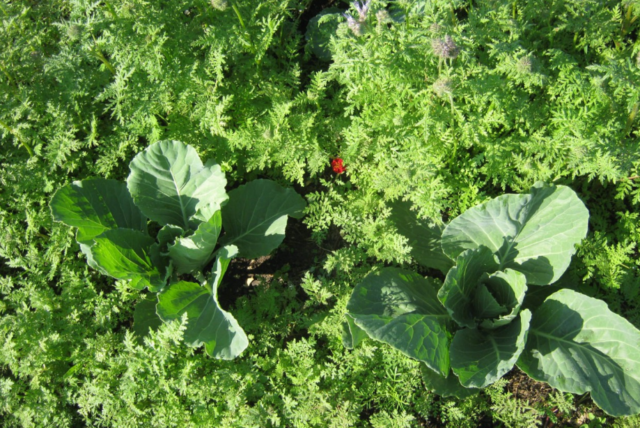
Any green manure is very useful for restoring soil fertility
Cauliflower's Bad Neighbors
In addition to the list of plants that can be planted next to white cabbage, cauliflower and other varieties of cabbage, there is also a list of undesirable neighbors. If they are present next to the garden bed, you should not expect a good harvest of heads of cabbage.
Nasturtium
Drives away white butterflies and cutworms from cabbage. But at the same time it actively “attracts” aphids.
Turnip, radish, parsnip
Mining flies and white flies have a special love for these crops. They use them to lay eggs, and the hatching caterpillars crawl onto the cabbage, destroying its leaves.
Spinach
A neighbor who loves moisture. By drawing out the water the cabbage needs from the soil, it simultaneously depletes the substrate, the rosettes develop very slowly, and are more often infected with fungal diseases.
Parsley
Perhaps the only spicy green that is incompatible with cabbage. Its aromatic substances have a depressing effect on rosettes, greatly inhibiting development.
Tomatoes, peppers, eggplants
They have a very high need for nutrients; cabbage is deprived of the nitrogen it needs. They also attract white butterflies to the beds; they need a different watering regime.
Strawberry
She and cabbage have many common diseases and pests. In addition, its roots saturate the soil with substances harmful to it.
Fennel
The worst neighbor for any plant.It practically “displaces” it from the garden and releases “toxins” that inhibit its development.
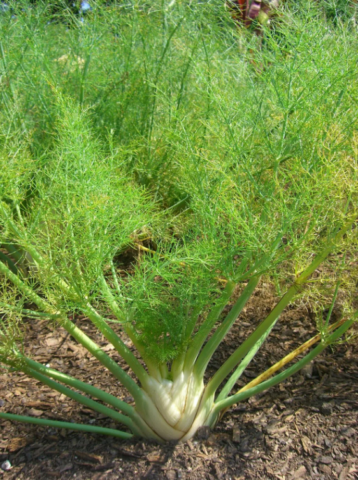
If there is no urgent need for growing fennel, due to its “aggressiveness” it is generally better to remove it from the site
Carrot
Cabbage roots “inhibit” root crops, provoking the development of carrot rot. They also have many common diseases and pests.
Tansy
A very effective remedy for repelling harmful insects from garden beds. But at the same time it greatly inhibits the growth of heads of cabbage.
Joint planting methods
“Joint” beds are formed according to one of the following schemes. They are universal, suitable for different garden crops.
“Compaction” of plantings
Neighbors are “settled” into the cabbage bed, planted between its rows. But this method is not suitable for all crops; first of all, their dimensions are taken into account.
Planting in “sections”
Cabbage and other plants become neighbors in the full sense of the word, without “mixing” in any way in the garden. They are placed in separate “squares” or “rectangles” with sufficient row spacing.
Rows of plantings
Cabbage and its neighbors are planted in separate alternating “strips”. The row spacing is left wide – 70-80 cm.
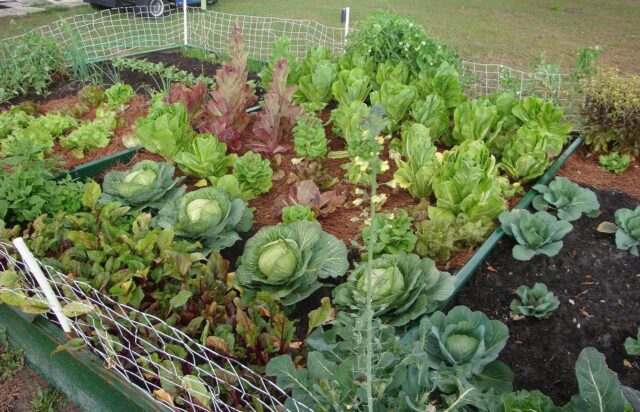
Competent joint planting helps to significantly increase the volume and quality of the harvest.
Conclusion
Properly selected neighbors of cabbage in a garden bed in open ground are to a large extent the key to the normal development of plants. If this process is “suppressed,” overall endurance and “stress resistance” inevitably suffer, and resistance to diseases and pest attacks decreases. Suitable neighbors, on the contrary, have a beneficial effect on each other, allowing the gardener to harvest a good harvest of cabbage even without careful care and the use of biostimulants and other drugs.
